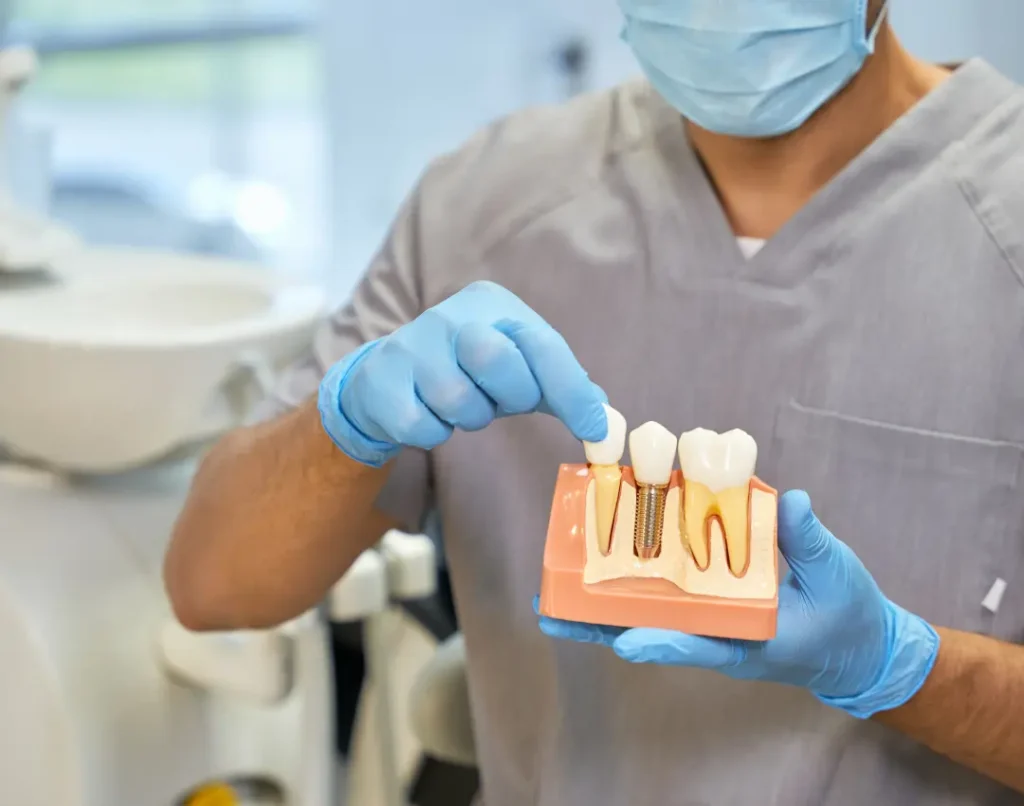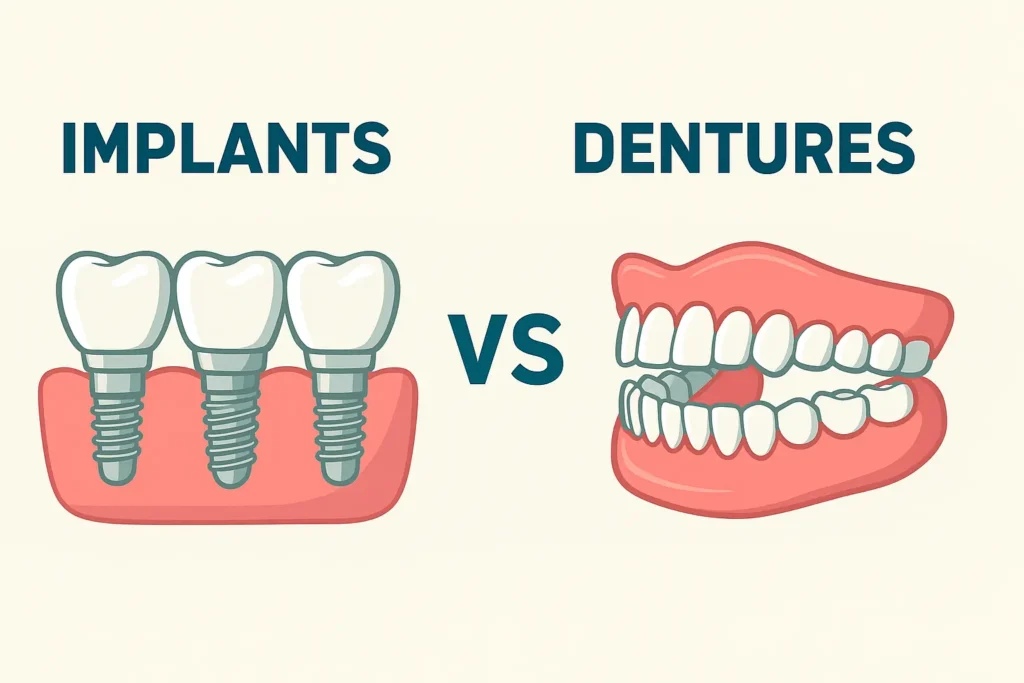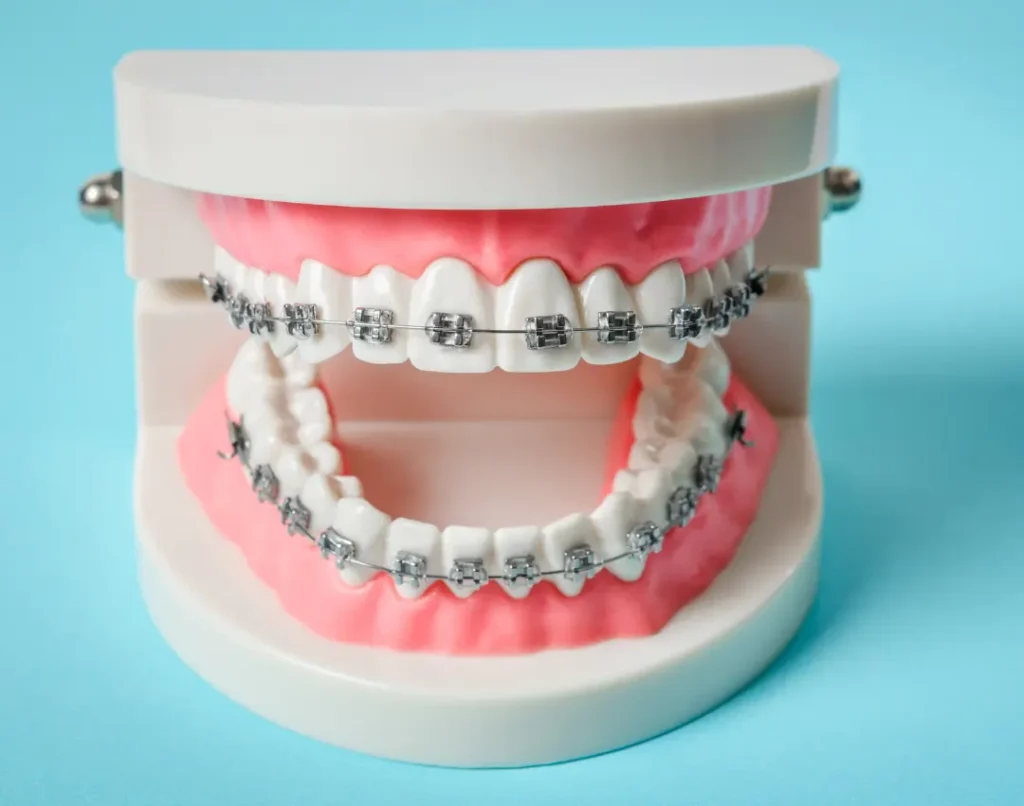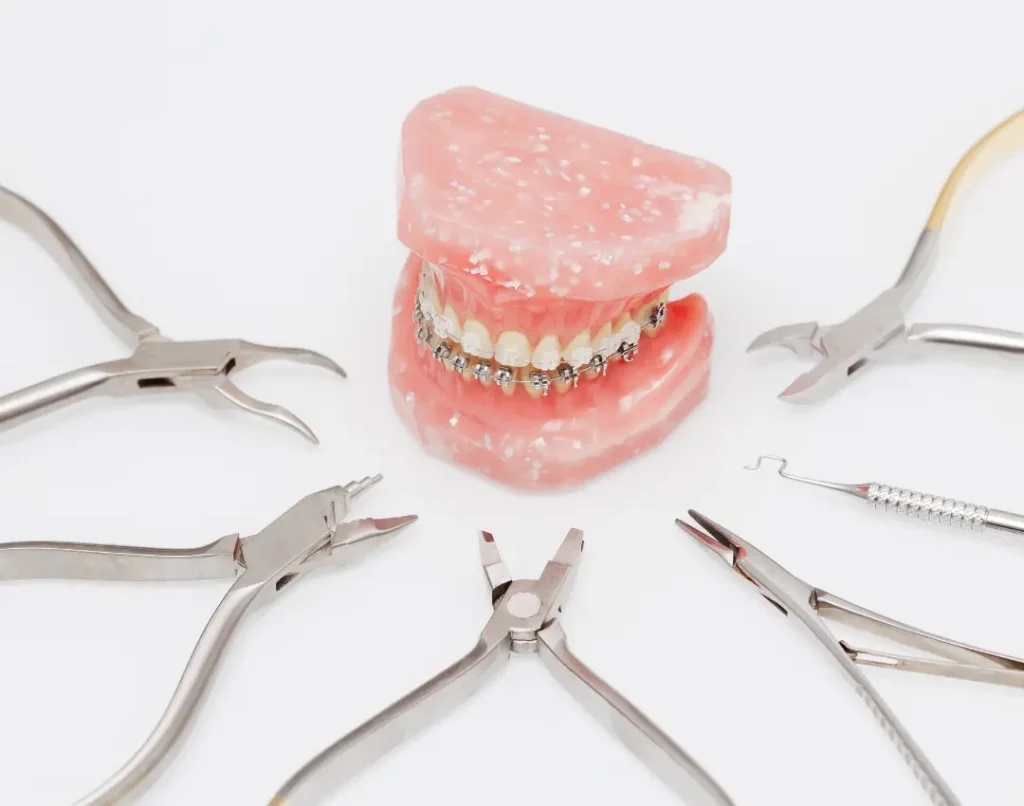Yesterday, I treated a patient with braces. His teeth were back to normal and looking proper. I removed his braces and suggested he choose from among the different types of retainers. At first, he was confused and wanted to know why he needed to wear retainers afterwards.
Many of you would be like him. People feel there is no need to do anything after the teeth are straightened and braces removed. But that is not true.
After braces are removed, teeth can get misaligned. The only way to keep them straight is to use retainers.
A retainer is a custom-made device, usually plastic or metal, that fits over or behind your teeth. While braces move your teeth into their correct positions, retainers help keep them from slipping back to their former positions. Retainers act like bodyguards, guarding your teeth from returning to their original position.
Braces aren’t just about looks; they also help fix bites and align jaws. But getting everything aligned is only half the journey. Without a retainer, you risk losing all that progress—like buying a fancy car and never changing its oil. Wearing your retainer is like regular maintenance for your teeth. It protects your investment in time, effort, and money, ensuring all those months (or years) wearing braces weren’t for nothing.
Now, let us focus on the types of retainers you can use.
We are unique, and there is no ‘one size fits all’ approach. Every smile is unique, and factors like the alignment of your teeth, your bite, and your lifestyle are crucial in determining your best retainer.
This is why it’s essential to consult your orthodontist—they’ll recommend a retainer that fits your needs and ensures your teeth stay in their new positions for the long haul. Trust your orthodontist’s expertise to guide you toward a retainer that works perfectly for your smile!
Once your braces are off, the next step in your orthodontic journey is finding the right retainer to maintain that stunning smile. Retainers come in two main categories: removable and fixed. Each type has unique features, advantages, and considerations, making it important to choose the one that best suits your needs and lifestyle.
Removable retainers are exactly what they sound like—retainers you can take out and put back in as needed. They are convenient, easy to clean, and come in two popular designs:
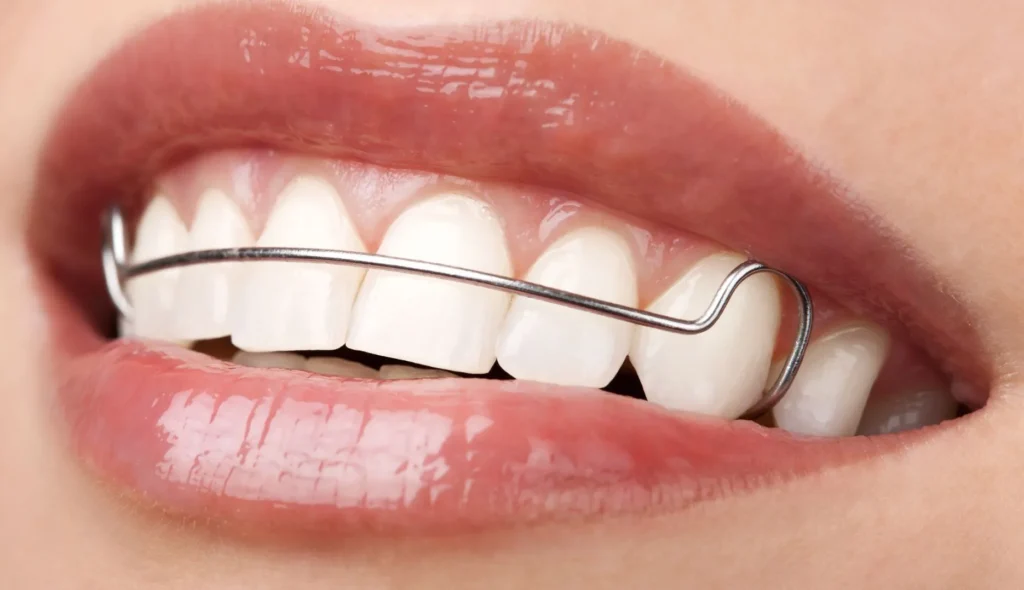
Fixed retainers are a “set it and forget it” option for maintaining your smile. They consist of a thin metal wire bonded to the back of your teeth, usually on the lower front teeth.
While both removable and fixed retainers serve the same purpose—keeping your teeth aligned—the right choice depends on your specific needs, lifestyle, and orthodontist’s recommendation. Whether you value convenience, durability, or invisibility, there’s a retainer out there to help you protect your investment in your smile!
Choosing the right retainer is more than just picking the first option your orthodontist mentions. It’s about finding one that aligns with your lifestyle, aesthetic preferences, and commitment to maintenance. Here are some key factors to keep in mind when making your decision:
Ultimately, the best retainer for you depends on your unique needs. Do you value convenience over aesthetics? Are you willing to commit to cleaning a fixed retainer, or would you prefer the flexibility of a removable one?
Your orthodontist can help guide you based on your lifestyle, preferences, and orthodontic treatment goals. Whatever you choose, remember that wearing a retainer is your key to maintaining a smile that lasts a lifetime!
Your retainer plays a crucial role in keeping your teeth aligned, but it needs proper care to do its job effectively. Whether you have a removable or fixed retainer, following a few simple steps can help maintain its durability and ensure your oral health stays on point. Here are some essential tips for caring for your retainer:
Removable retainers, like Hawley and clear plastic retainers, require regular cleaning to keep them free from bacteria and plaque buildup.
Fixed retainers are bonded to the back of your teeth, making them easy to forget—but they require special attention to maintain oral health.
Regular check-ups with your orthodontist ensure your retainer stays in optimal condition.
By cleaning your retainer, maintaining good oral hygiene, and keeping up with orthodontist visits, you’re protecting your investment in a beautifully aligned smile. With a little effort, your retainer can do its job for years to come—keeping your teeth perfectly in place and your confidence sky-high!
Retainers are the unsung heroes of your orthodontic journey. After all the time, effort, and investment you’ve put into achieving a perfect smile, retainers ensure that your teeth stay beautifully aligned. Without them, your teeth may gradually shift back, undoing all the hard work.
There’s no one-size-fits-all solution when it comes to retainers. Whether you choose a removable retainer for flexibility or a fixed retainer for long-term stability, the right option depends on your lifestyle, preferences, and dental needs. What works best for one person may not suit another, so it’s important to consider all the factors before deciding.
Are you not sure which retainer is right for you? Your orthodontist is your best guide! They’ll evaluate your needs and recommend a retainer that keeps your smile at its best.

